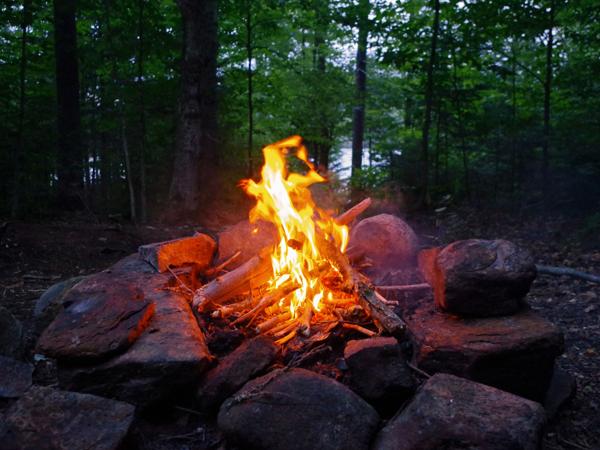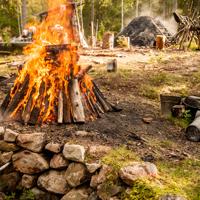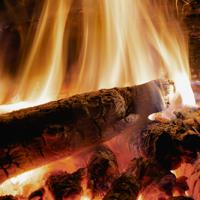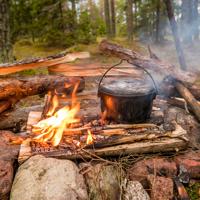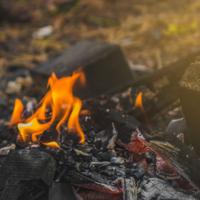When you’re out in the wilderness, knowing how to start a fire without matches can be a crucial skill. Fire provides warmth, cooks food, and even signals rescuers. Though challenging, it’s an achievable task that might just save your life one day.
Why Learn Fire Starting Without Matches?
Matches and lighters are reliable, but they can fail or get lost. Learning alternative methods ensures you’re prepared for any situation. This skill enhances self-reliance and boosts your confidence in the wild.
Essential Principles of Fire Starting
Before diving into techniques, let’s cover some basics:
-
Tinder, Kindling, and Fuel: Successful fire-building requires planning. You need dry tinder to catch the initial spark, kindling to build on that, and bigger pieces of fuel wood to sustain your fire.
-
Preparation Matters: Gather more materials than you think you’ll need. Ensure everything is as dry as possible.
-
Safety First: Choose a safe location for your fire, avoiding windy spots and clearing away any flammable debris.
Techniques to Start a Fire Without Matches
Here are a few methods to consider. These might take patience and practice, but consistency is key.
1. Fire by Friction
Friction methods are perhaps the most primitive.
-
Bow Drill: This involves a bow, spindle, hearth board, and a socket. Using the bow to rapidly spin the spindle against the hearth board generates heat and eventually a small ember.
-
Hand Drill: A simpler method without a bow, here you use your hands to spin a spindle against a board. It’s more challenging and requires stored energy.
Both methods demand dry wood and steady focus. Softwoods are generally preferable, and it’s a good reminder to prioritize dry conditions.
2. Fire by Spark
These techniques rely on creating sparks to ignite your tinder.
-
Flint and Steel: Striking a piece of carbon steel against flint creates sparks. This method can be widely effective if you have the right materials.
-
Battery and Steel Wool: A more modern trick, using the conductive properties of steel wool and a battery can create enough heat to catch fire. Connect both ends of the steel wool to the battery terminals and watch it spark to life. It’s handy but remember to keep batteries safe and dry.
3. Fire by Sun
Harnessing the sun has been used through centuries.
-
Magnifying Glass: Focus sunlight through a magnifying glass onto your tinder. It’s perhaps less common due to required conditions, but effective on sunny days.
-
Lens from Glasses or Ice: Similar to a magnifying glass, a lens from glasses can focus sunlight to create fire. Even a clear block of ice (shaped properly) could work, reflecting the innovative use of resources.
Practice and Patience
These methods require practice. It’s best to try them before needing them in a survival situation. Experiment under different conditions and refine your skills.
Keep in mind that each method might have specific contexts where it shines. Humidity, wind, and material availability all play parts in your success.
Additional Resources and References
-
“The Campfire Guide” by Elias Larsen
- Offers insights into traditional fire-starting methods. -
YouTube Channels
- Channels dedicated to bushcraft often have video demonstrations which can be immensely helpful. -
Local Workshops
- Check for local survival classes; hands-on learning can make a big difference.
Final Thoughts
Learning how to start a fire without matches is as much about patience and problem-solving as it is about the technique. Take your time to practice. It’s a skill that connects us to our ancestors, encouraging us to find resilience and resourcefulness within ourselves.
If you have any questions or need a demonstration, don’t hesitate to reach out. Happy and safe adventuring!
